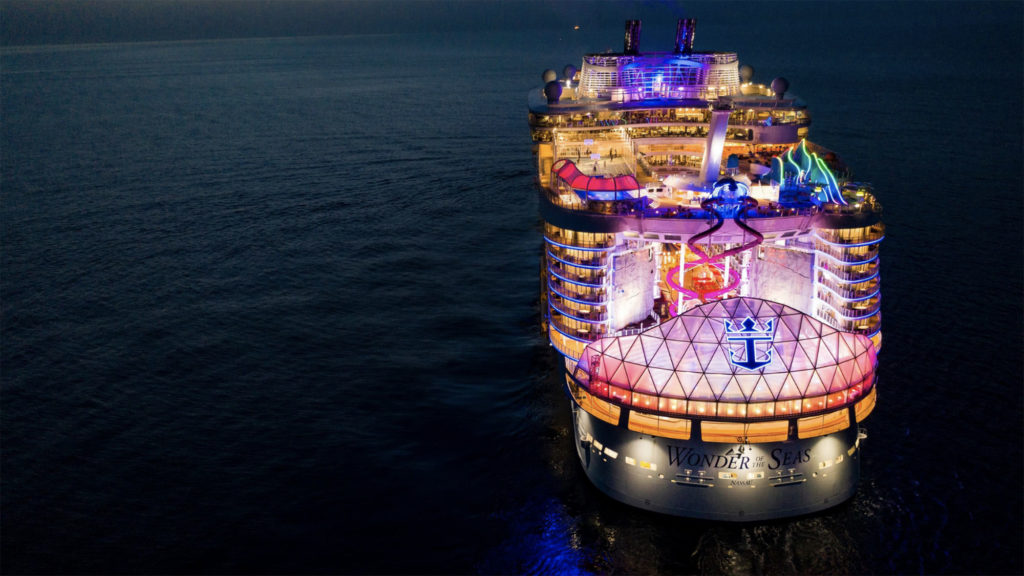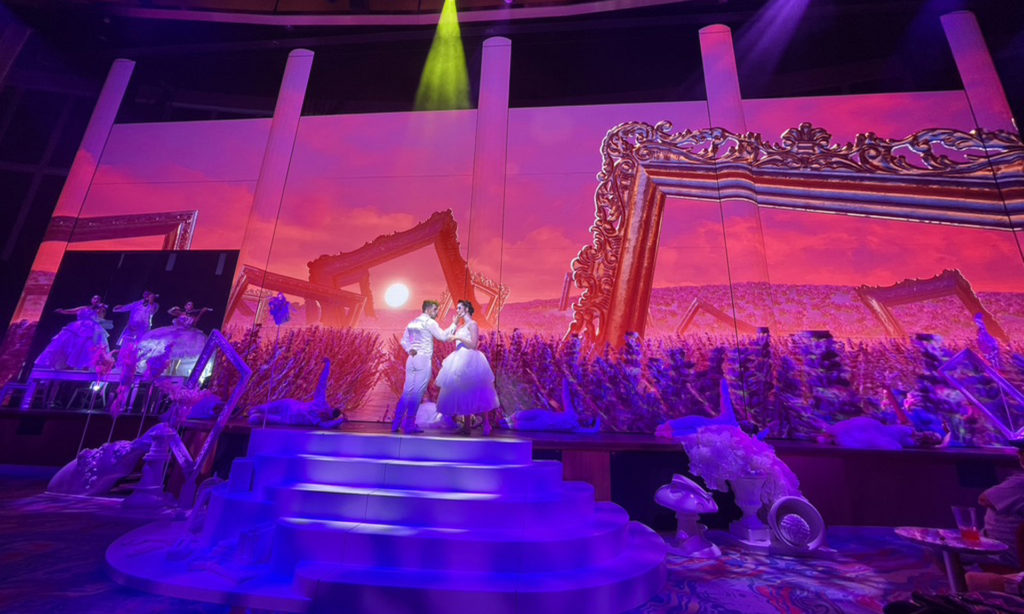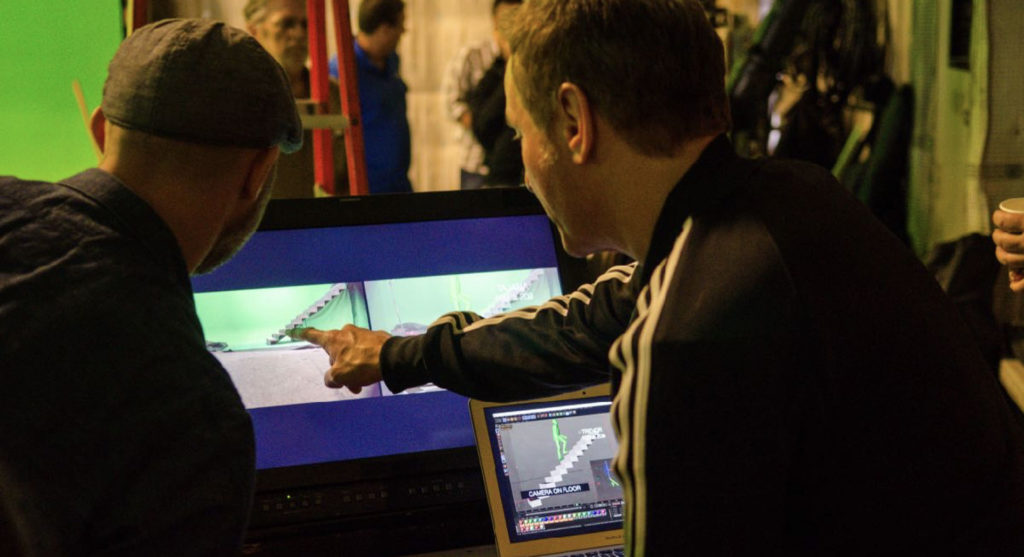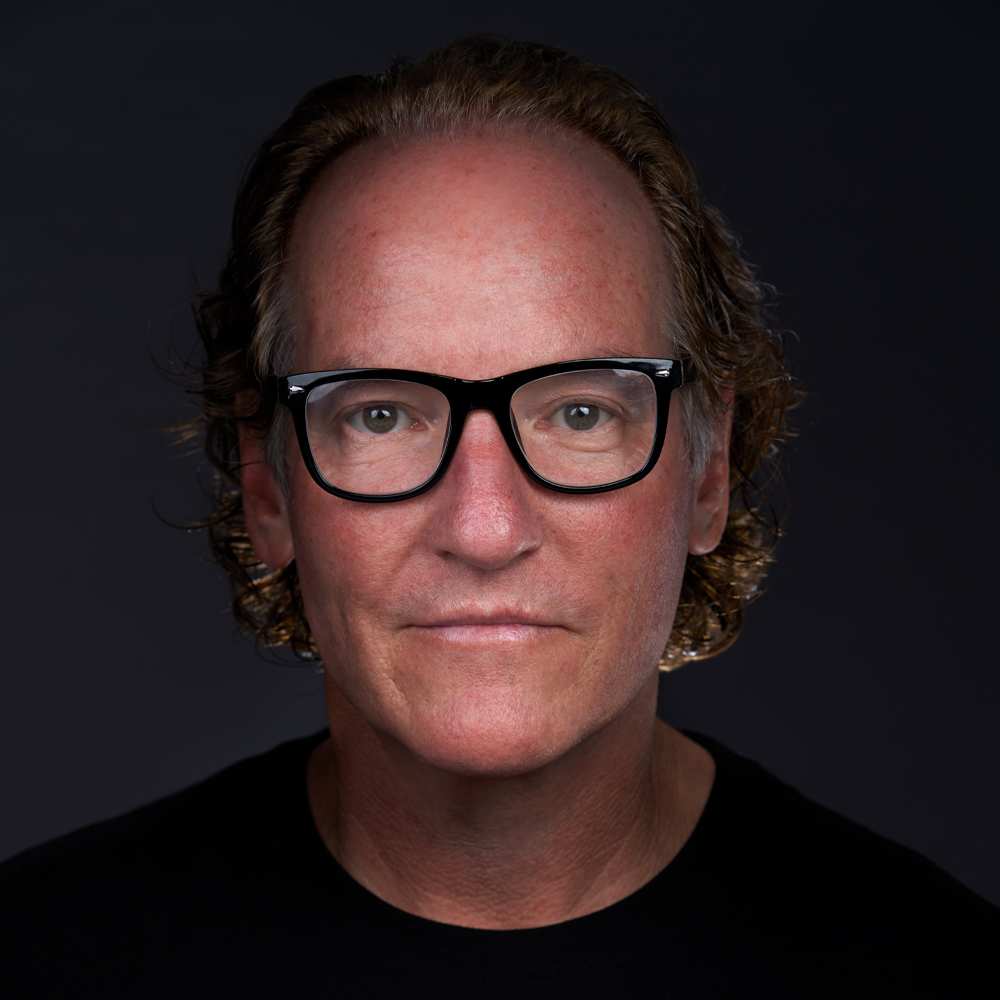If movie theaters take their cue from cruise lines—there’s smooth sailing ahead.
By Robb Wagner
The movie theater industry is one of the colossal giants in the world of entertainment, but it is facing a serious threat that could topple it to the ground.
On top of COVID causing weariness among moviegoers, theaters are finding it harder to keep up with other industries that have added new, never before seen entertainment experiences on top of what they already provide. Movie theaters offer a classic experience that billions of people enjoy, and many operators have made great strides to improve the viewing experience through plush recliner seats and premium screens, but is that enough? Unfortunately, no.
Back in 2009, cruise lines were in a similar position that movie theaters find themselves in today. They had been devastated by a global paradigm shift and needed new ways to monetize their big existing investments. With competition for audience share steadily increasing, they also recognized the urgency in making new investments in experiential transformation and began looking to external creative partners for help. In 2010, I was among those creative partners headhunted by a consulting firm for the world’s largest cruise line.

This was a sink-or-swim situation, and cruise lines chose to swim. Or rather to keep floating and transform the experience that began when guests stepped onto their ships. This transformation began with investments into entertainment infrastructure, not unlike what movie theaters have done with premium screens. And it didn’t stop there.
Today’s most successful cruise ships provide guests with entertainment experiences outside of their theaters and showrooms. Common areas like atriums and outdoor spaces have been transformed into flexible entertainment venues, letting cruise lines provide their guests with an end-to-end entertainment experience. This additional entertainment drives increased customer satisfaction, loyalty and return business.

The live and digital entertainment experiences on today’s modern cruise ships also provide an extra layer of entertainment that guests can’t find anywhere else. Video content helps create a more complete experience to keep customers engaged. The constant innovation of entertainment experiences both inside and outside of theaters and showrooms provides something completely new and exciting for guests. It triggers dopamine, surprises and delights people, and leaves audiences wanting more.
Cruise lines did not make these transformations alone. They worked with external partners to develop new entertainment concepts. To their credit, cruise lines have ultimately become entertainment leaders in their own right. They created an 11 year period of constant growth leading up to the pandemic. Today’s leading cruise lines find themselves in a period of explosive post-pandemic growth. And, we’re still working together to keep transforming the entertainment experience on board.

From looking at the cruise industry’s experiential transformation, here’s what we know: As consumer needs and interests become more complex, what used to work before is no longer the answer. Consumers want to feel as if they are gaining valuable entertainment experiences when they leave their houses. And they are willing to go out into the world and spend their money to find just that. Especially in a time where the height of the pandemic has passed and people are eager to make up for missed time during the past 2 or so years.
Movie theaters have the ability to provide what today’s (and ideally tomorrow’s) audiences crave. But they need to make a radical shift in the customer experience they deliver. Here’s the good news: Movie theaters already have a magic about them that can be built upon. Going to a movie is still exciting. The anticipation when the lights go down is palpable, and people look forward to new releases from their favorite directors and movie stars.
And of course, theaters have the opportunity to increase F&B sales with people who are riding that wave of excitement and good vibes. What’s even better is that going to a movie theater is a very accessible experience. Not everyone can book a week-long cruise to the Caribbean, but think of how many Americans can easily spend a Saturday night out at the theatre to see the newest Marvel release.
But theaters still have a significant hurdle to overcome. How can they compete with the comfy recliners, huge televisions and unlimited snacks that people enjoy at home? The answer is simple. They need to offer entertaining experiences beyond the main event. Something people can’t get at home.
Alternative content can be used to solve product shortages. Annual attendance can be increased by giving people more reasons to leave their living room.
Movie theaters need to provide a unique and engaging entertainment experience throughout the entire customer journey. When theaters achieve their own experiential transformation, they will find themselves at the edge of something extraordinary—the empowerment to create their own futures.
Bon voyage!
Join our movie theater mail list
Stay informed about experiential transformation for movie theaters.
Connect with me at CinemaCon in Las Vegas
April 26-28 Caesars Palace and Four Seasons Hotel

Robb Wagner is an experiential artist, whose creative breakthroughs have raised the bar on big and small screens. He spearheaded P. Diddy’s virtual duet with the late Notorious B.I.G., imagined the live direction of Disney’s Hannah Montana 3D Film, led the production of Michael Jackson’s This Is It 3D Tour, and produced the first-ever YouTube Music Awards, alongside Spike Jonze.
A specialist in erasing the line between the physical and virtual worlds, Robb’s real magic sauce is to forecast emerging technologies and call on them in the right creative moment.
This ability to innovate, design, direct, and produce his own work has helped Robb solidify long-lasting industry relationships and build teams to get these radical jobs done. As a result, Robb’s work spans 17 years of cultural moments, like the Academy Awards, Foo Fighters Concerts, and the MTV Video Music Awards.
Throughout, Robb’s aim is to create a bridge between imagination and reality and collaborate on partnerships where the ask is simple: How can we do something that’s never been done before?
Member: Directors Guild of America
